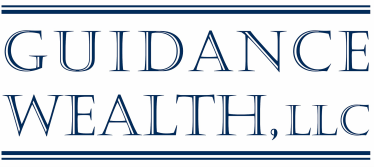|
The Markets
The Mark Twain Effect? Historically, economic theory was based on the idea that financial decisions were grounded in rational thought. In recent years, behavioral economists have recognized that people don’t always behave rationally. In fact, research has found that investors like shortcuts that help simplify decision-making. While rules of thumb can be helpful, it’s important to use common sense. Some investment theories are a bit wacky, such as:
This year, U.S. stocks moved lower in October. Last week, the Standard & Poor’s 500 and Nasdaq 500 Composite Indices both entered correction territory, reported Connor Smith of Barron’s. A correction occurs when an Index (or stock) drops 10 percent to 20 percent from its previous high. In general, corrections are normal adjustments as stocks trend higher. On occasion, a correction can mark the start of a bear market, reported the Corporate Finance Institute. No one likes to see a negative return on an account statement. Sometimes, when markets have moved lower, investors are tempted to make portfolio changes to minimize losses. This is rarely a good idea. Timing the market is exceptionally difficult. Missing just a few days of returns can dramatically affect long-term performance. A better choice is to have a well-diversified portfolio that is invested according to your long-term financial goals and then make changes when your goals change, or you experience a life transition. Last week, major U.S. stock indices moved lower, and yields on most longer-term U.S. Treasuries finished the week lower. |
Archives
June 2024
|
|
Account Access
Fidelity Investments |
|
Investment Advisory Services offered through Guidance Investment Advisors, LLC (GIA) a Registered Investment Adviser
Privacy Policy : ADV Disclosure Brochure : Client Relationship Summary
Developed by 323 Business Solutions
Privacy Policy : ADV Disclosure Brochure : Client Relationship Summary
Developed by 323 Business Solutions

 RSS Feed
RSS Feed